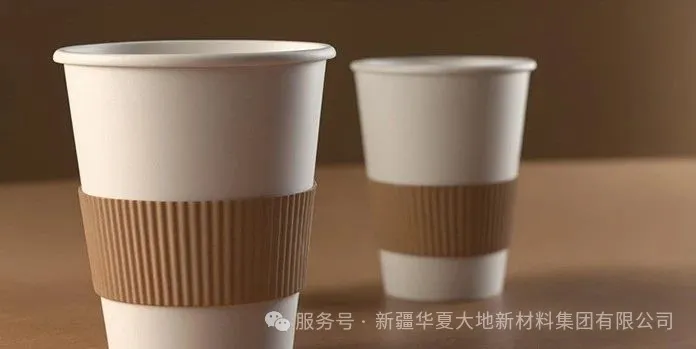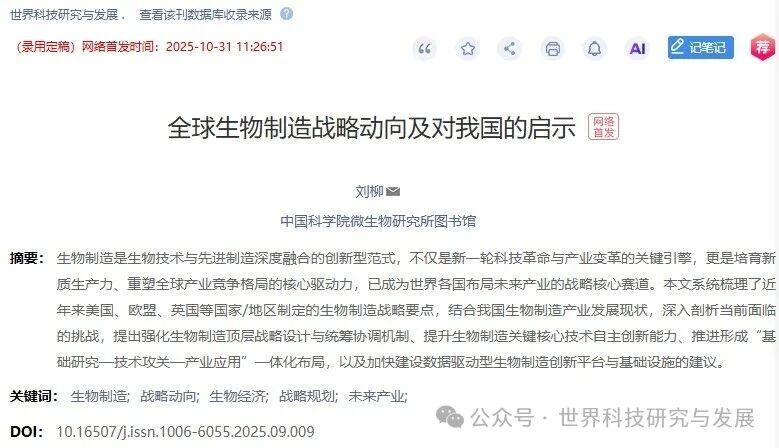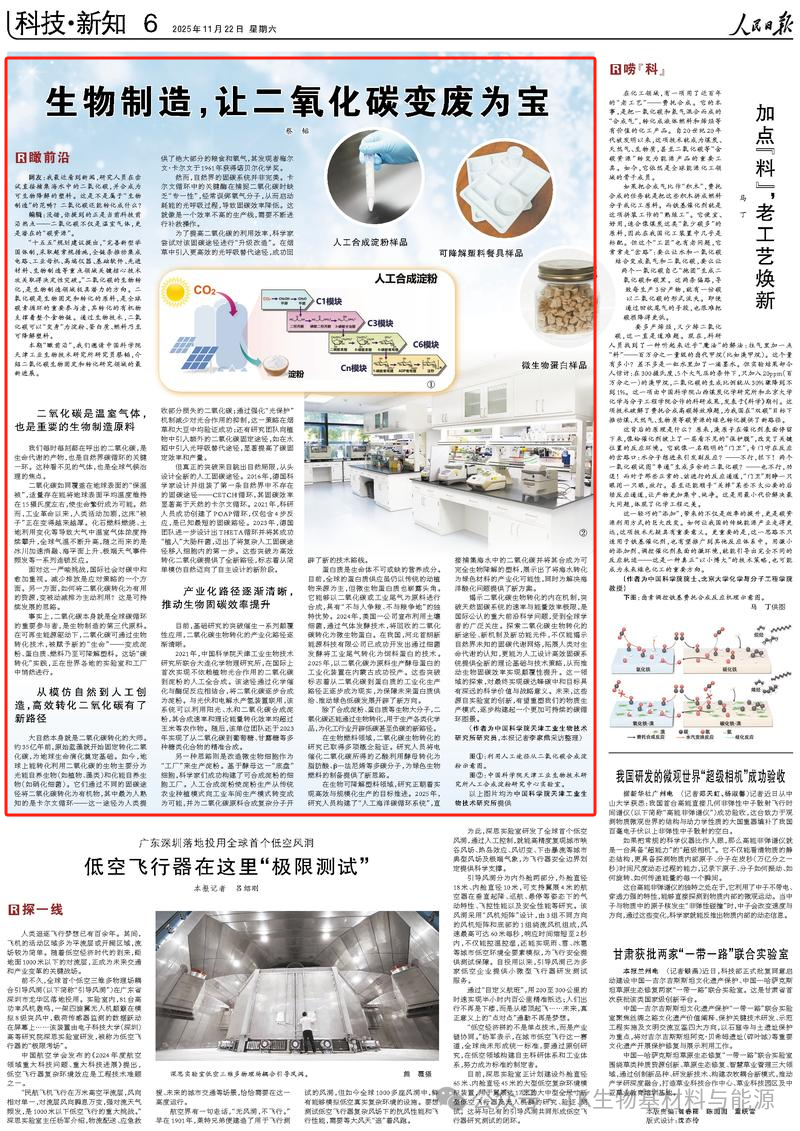Recently, the National Academy of Sciences of Belarus has successfully developed the first batch of environmentally friendly disposable cup test products, which are completely harmless to the environment. Alexander Rogachev, the director of the New Materials Research Institute, introduced this innovative achievement to the media.
This composite material made of paper and polylactic acid is designed to replace polyethylene and multi-layer packaging containing plastic layers, the latter of which is harmful to the ecological environment.
The speaker explained, "At present, the inner walls of the paper cups that replace plastic cups still have a layer of polyethylene film attached, which is to ensure the water resistance of the container." Without this layer of film, paper or cardboard would quickly seep through when exposed to hot water and become unusable.
It seems that a small amount of polyethylene film causes little harm to the environment, but in fact, it is not. During the degradation process, the film will break down into microplastic particles that are difficult to filter and eventually enter the human body through animals and plants.
The innovation of scientists lies in using polylactic acid (a compound extracted from plant raw materials) to replace polyethylene coatings.
Similar to polyethylene, polylactic acid can make packaging hydrophobic and effectively prevent water from penetrating the paper layer. However, unlike synthetic polymers such as polyethylene, this material can be completely biodegradable.
Alexander Rogachev disclosed the background of the research and development: Several years ago, Belarus attempted to independently produce polylactic acid packaging materials, but it lacked economic feasibility due to the cost being several times that of polyethylene. Countries like China that achieved the industrialization of polylactic acid relatively early also face the problem of rising terminal product costs due to high raw material prices.
He said, "Our calculations suggest that the solution of using paper substrates with polylactic acid coating in Belarus is more economical." China has an abundant supply of cellulose raw materials and a developed papermaking industry. Moreover, the paper layer of the paper cup can be coated with polylactic acid with a lower molecular weight and smaller density, significantly reducing the cost while maintaining the same performance.
In addition, the ultra-thin property of the polylactic acid coating has also achieved cost reduction. The thickness of the paper layer of the paper cup is 0.1-0.2 millimeters, while the polylactic acid coating is only 20 microns, which is even thinner than a human hair.
At present, the test batches of this paper-based polylactic acid disposable water cup are undergoing multiple tests and certifications.
Alexander Rogachev said, "We have conducted a comprehensive assessment of its safety in cold water, boiling water and acidic food solutions - after all, paper cups are often used to hold hot tea and juice." The test results are satisfactory.
This expert pointed out that the application of polylactic acid film is not limited to paper cups but can also be extended to other packaging fields, such as handbags.
Alexander Rogachev explained: "Polylactic acid film can significantly enhance the mechanical strength of paper, especially in a humid environment. It can not only serve as a waterproof barrier layer but also achieve a heat-sealing function (forming an unremovable connection through heating and pressurization)." Ordinary paper cannot achieve this process, but polylactic acid coating makes it possible, which was originally an exclusive feature of polyethylene coating.
The development of this new type of composite biomaterial has brought together multiple scientific research forces. Researchers from the Institute of New Materials Chemistry, the Institute of Microbiology of the National Academy of Sciences of Belarus, and Belarusian State University have jointly participated in the breakthrough work.








